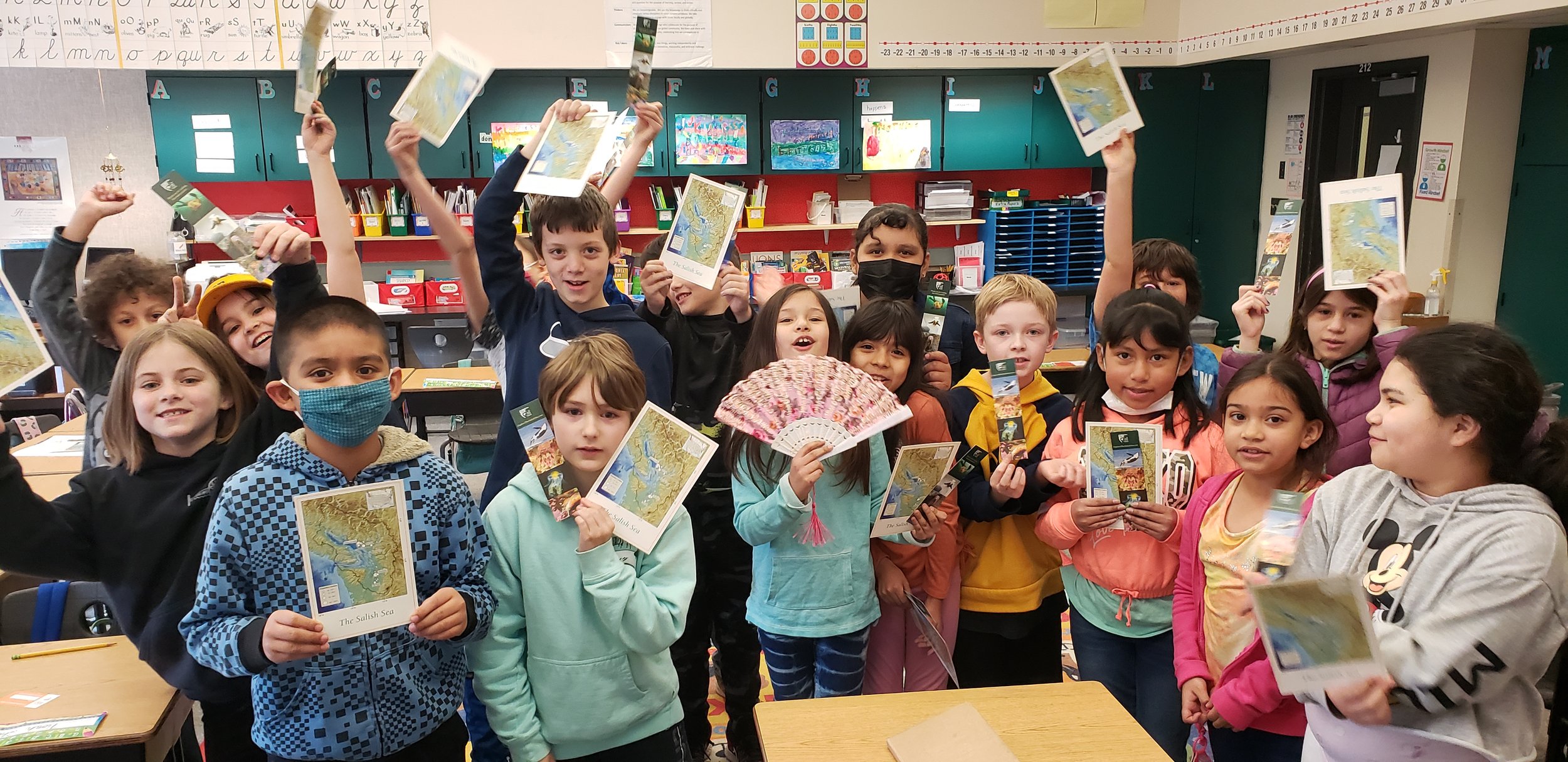EXPLORE BY TOPIC!
Diving Birds & Mammals
Photo by Ken Rea
Rocks, Geology & Planet
Photo by Wendy Shattil
The Intertidal World
Photo by Gemina Garland Lewis
the Subtidal World
Photo by Nirupam Nigam
Amid the COVID-19 pandemic, Washington and British Columbia have closed all schools, leaving thousands of students homebound for the rest of the school year.
This page is a one-stop shop filled with marine science videos and activities that you can easily do from your own home. Bookmark it or subscribe to our newsletter, because we’ll be adding lots of cool stuff in the coming months. Feel free to pass this along and email us if you make something cool!
We have also developed a Deep Dive tool for teachers to share activities with their classes. You may print these documents and send to your home-bound students in packets. Most do not require internet access.
NEWEST CONTENT
Pressures of homeschooling stressing you out? Here’s some comforting advice from NPR.
want a kids’ book?
Buy Explore the Salish Sea through local retailers or on Amazon. Email us if cost is an obstacle.












































